Filter by
The language used throughout the course, in both instruction and assessments.
10,000 results for "data structures and algorithms"

Skills you'll gain: R Programming, Data Analysis, Computer Programming, Data Visualization, SQL
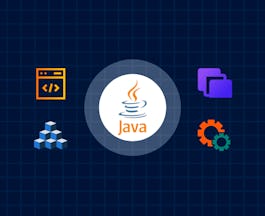
Board Infinity
Skills you'll gain: Java Programming

University of Michigan
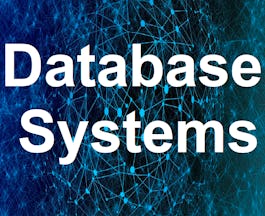
Coursera Project Network
Skills you'll gain: Databases

Skills you'll gain: Data Model, Data Warehousing, Tableau Software

Coursera Project Network
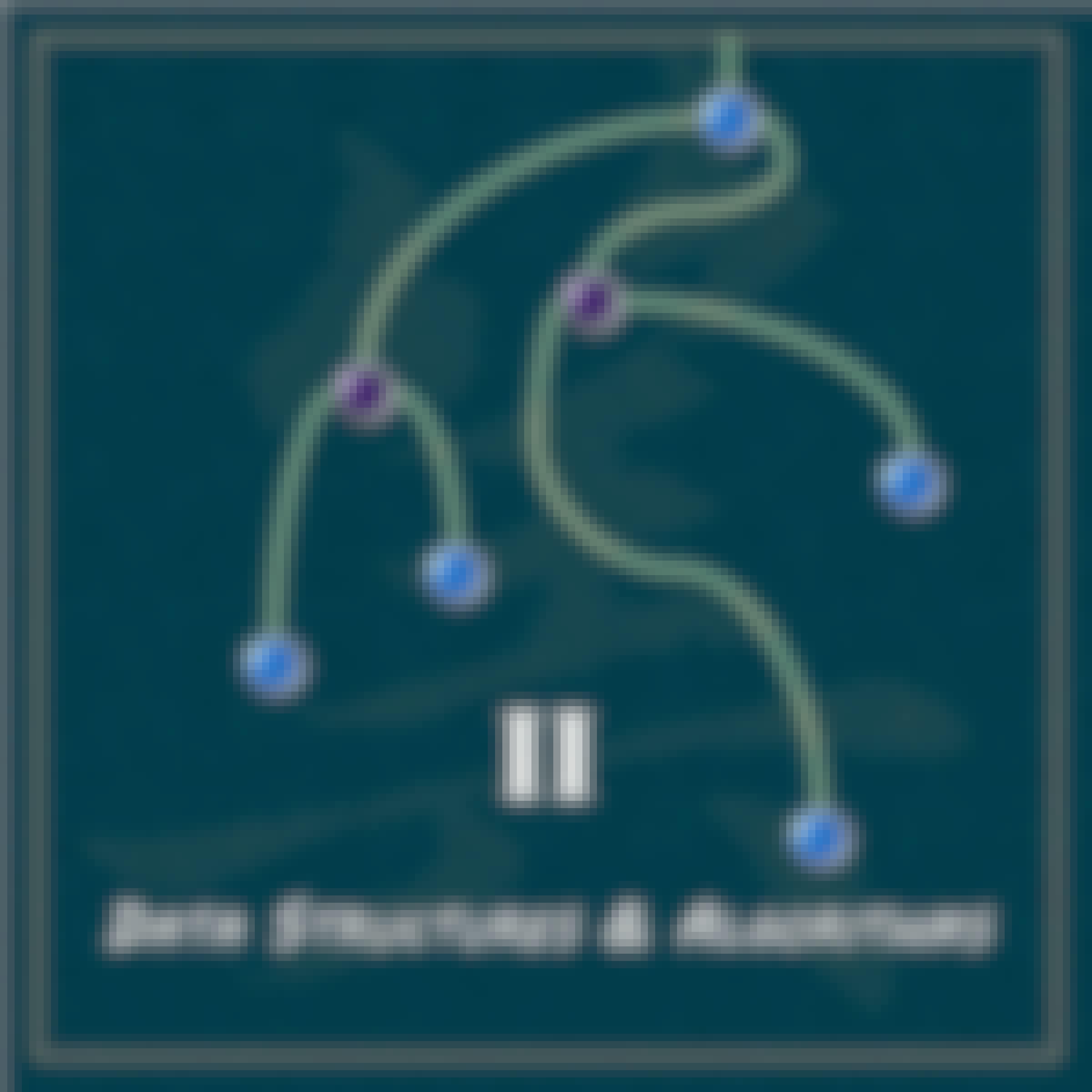
Tsinghua University
Skills you'll gain: Problem Solving, Mathematics, Programming Principles

Skills you'll gain: Data Analysis, Data Visualization, SQL, Business Analysis, Spreadsheet Software, Data Science, Databases, Microsoft Excel
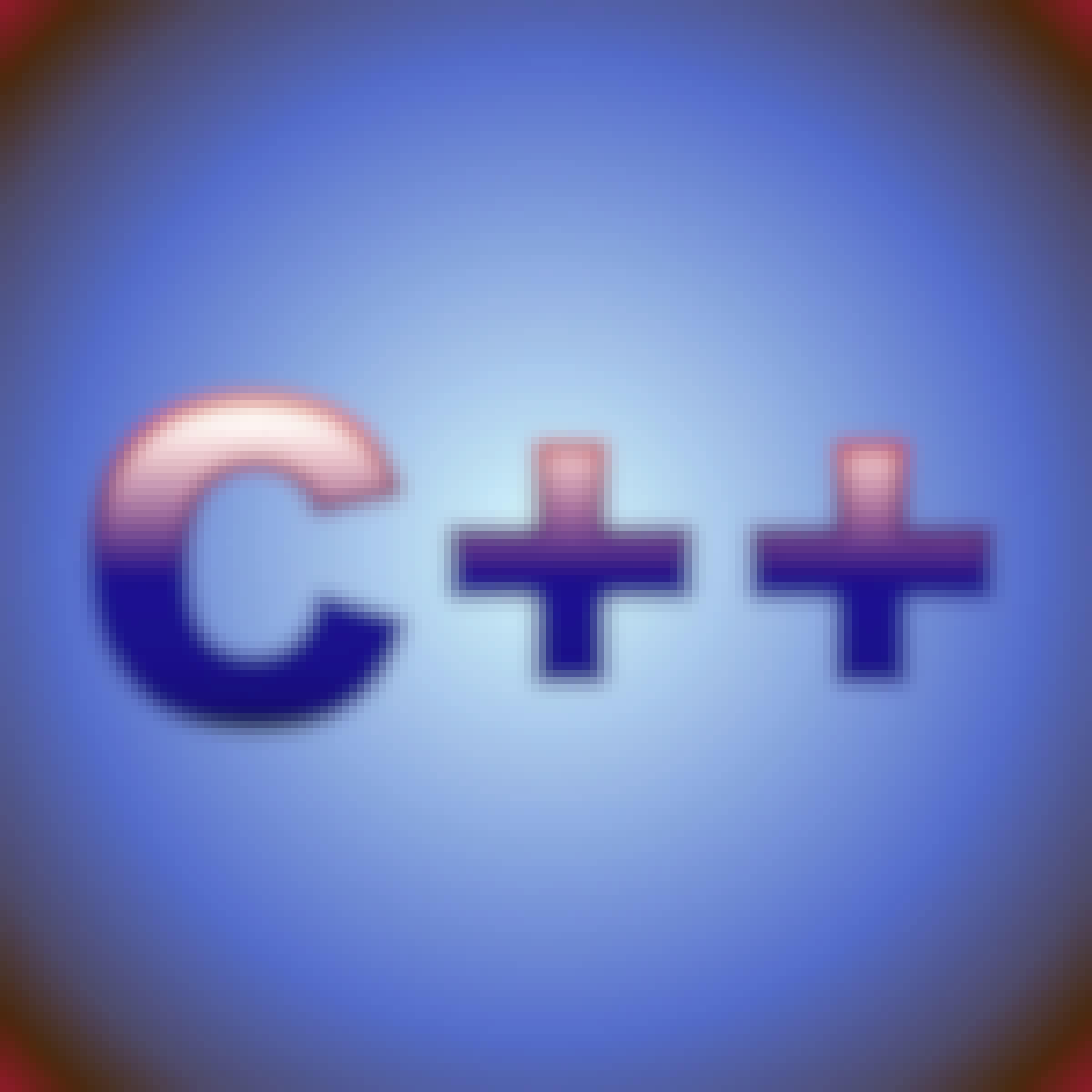
Coursera Project Network
Skills you'll gain: Data Structures

Skills you'll gain: React (web framework), SQL, Application Development, Data Management

Tsinghua University
Skills you'll gain: Mathematics, Problem Solving
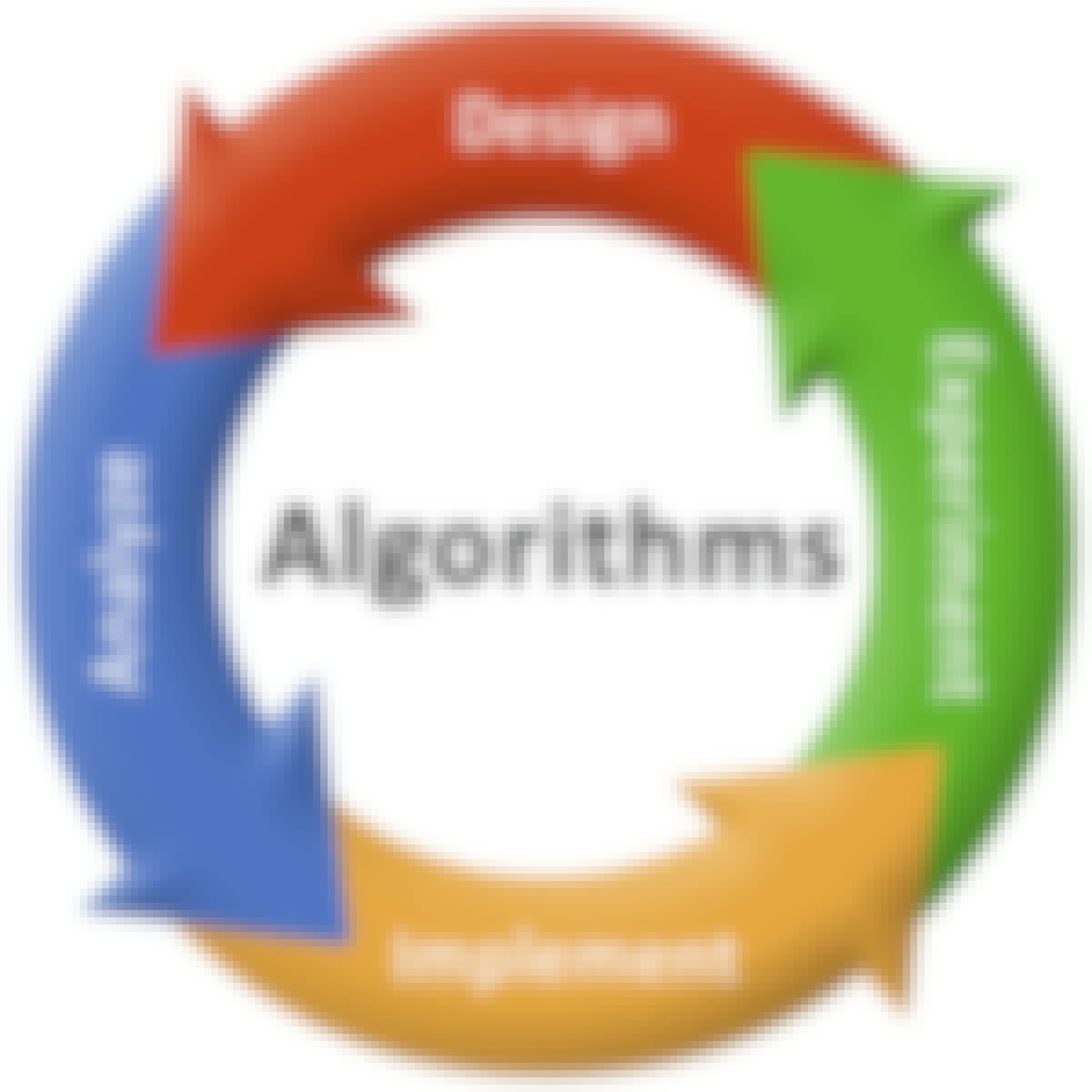
Stanford University
Skills you'll gain: Algorithms, Theoretical Computer Science, Computational Thinking, Computer Programming, Critical Thinking, Mathematics, Problem Solving, Computational Logic, Mathematical Theory & Analysis, Programming Principles
Searches related to data structures and algorithms
In summary, here are 10 of our most popular data structures and algorithms courses
- Data Analysis with R Programming: Google
- Data Structures & Backend with Java: Board Infinity
- Data Structures in C: University of Michigan
- Fundamentals of Database Systems: Coursera Project Network
- Advanced Data Modeling: Meta
- Java Built in Data Structures: Coursera Project Network
- Data Structures and Algorithms (II): Tsinghua University
- Foundations: Data, Data, Everywhere: Google
- C++ Data Structures in the STL: Coursera Project Network
- Working with Data: Meta










